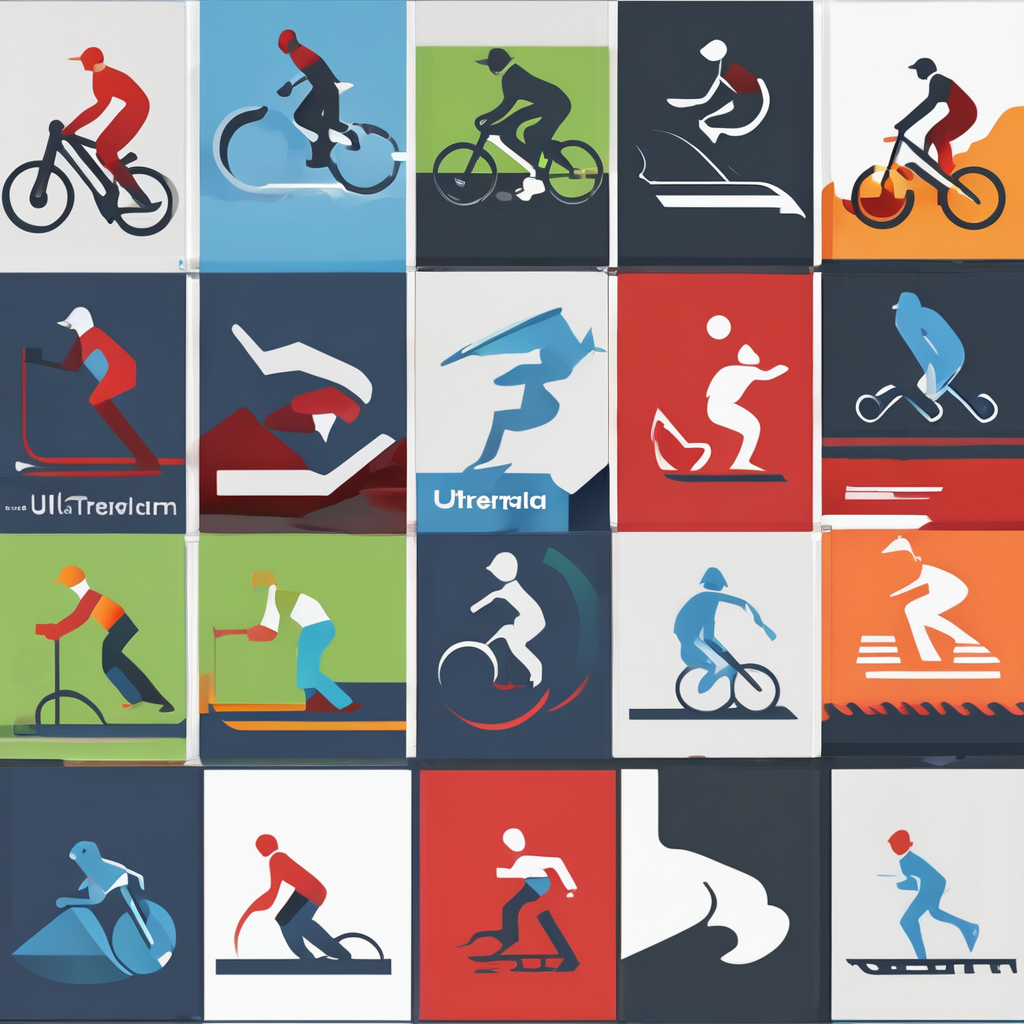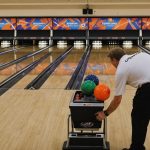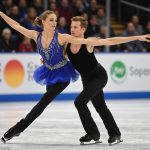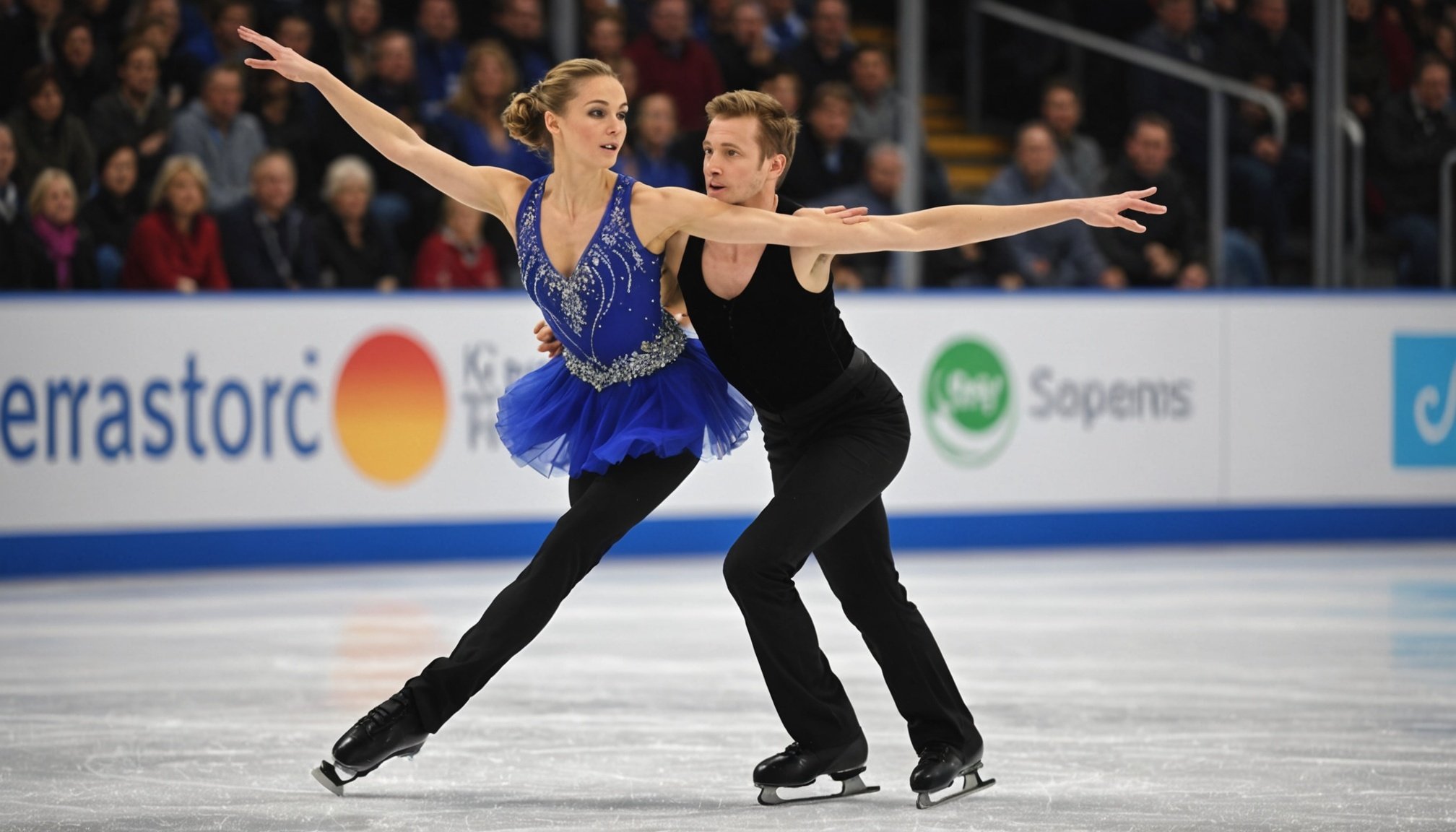Understanding Balance and Poise in Figure Skating
In the world of figure skating, balance and poise are fundamental components that define a skater’s performance and elegance. Balance techniques are critical in executing intricate moves, enabling skaters to maintain stability and control while performing. Achieving the right balance allows a skater to execute each element smoothly, from spins to jumps, without faltering.
Poise in skating involves a sense of grace and composure, even amidst complex routines. It’s not just about physical balance but also the skater’s ability to remain calm and focused under pressure. Maintaining poise conveys confidence and enhances the aesthetic appeal of the performance, crucial for scoring in competitive skating events.
Also read : Unlocking Performance: The Benefits of Yoga and Mindfulness for Athletes in the UK
Skaters often encounter common challenges in sustaining balance and poise, especially when executing high-difficulty elements. Physical fatigue, mental stress, and the instantaneous decisions required during routines can affect a skater’s equilibrium. Training emphasizes building core strength and practicing balance techniques to improve steadiness during demanding performances.
Judges keenly observe a skater’s ability to stay poised, which significantly impacts scoring. A well-balanced performance, seamlessly blending technique and artistry, captivates the audience and showcases the skater’s proficiency. Understanding and mastering these elements are vital for any aspiring figure skater seeking to excel in the sport.
Additional reading : Elevating Off-Season Conditioning: Innovative Strategies for UK Sports Teams
Techniques for Mastering Balance
Mastering balance is a fundamental aspect of improving performance in various physical activities. By incorporating a mix of balance exercises and stability drills, individuals can significantly enhance their ability to maintain equilibrium.
Core Strengthening Exercises
Building a strong core is crucial in achieving superior balance. Core muscles provide the stability and support required for maintaining balance during complex movements. Include exercises such as planks, Russian twists, and leg raises. These not only target the abdominal region but also strengthen the obliques and back muscles, offering comprehensive core stability.
Balance Board Drills
Balance boards are excellent tools for practicing stability drills. They create an unstable surface, forcing the body to engage various muscles to maintain balance. Simple drills like standing on one leg or slow squats on a balance board can be immensely beneficial. These exercises improve proprioception, thus enhancing overall body coordination.
On-Ice Practices
For those involved in skating or ice hockey, on-ice balance practices are indispensable. Drills such as edge gliding, one-foot spins, or pivoting on the skates, are key exercises. These practice sessions offer real-world application, allowing athletes to adjust their balance dynamically as required in their sport. Consistent practice on the ice leads to refined coordination and balance skills.
Developing Poise Through Mental Conditioning
Mental resilience is a crucial component of maintaining poise, especially in high-pressure situations such as competitions. Understanding performance psychology helps individuals harness their thoughts and emotions to enhance their overall performance.
Mental conditioning plays a key role in cultivating this resilience. It encompasses a range of techniques designed to anchor athletes in the present moment, allowing them to perform optimally. One such technique is visualization, where athletes mentally rehearse their performance, imagining every detail vividly. This not only enhances confidence but also primes the brain to execute those movements with precision during the actual event.
Another valuable technique is positive self-talk. This involves replacing negative thoughts with encouraging and constructive messages, helping athletes stay focused and reduce anxiety. By continually reinforcing positive outcomes, athletes can develop a robust psychological base that fuels their confidence.
Maintaining composure during competitions demands a strategic approach. Developing a personalized routine that incorporates deep breathing exercises and mindfulness can keep an athlete grounded. Additionally, athletes can set realistic goals to manage expectations and avoid unnecessary pressure. These strategies combined strengthen mental resilience, equipping athletes with the poise needed to overcome challenges and excel in their performance domains.
Case Studies of Successful UK Skaters
Delving into the world of UK skaters provides fascinating insights into their progression from local enthusiasts to elite competitors. Many skaters in the UK have reached remarkable heights, turning their passion into a professional pursuit.
Profile of an Elite Skater
Understanding the journey of an elite skater offers valuable lessons. These skaters often start young, with a focus on honing technical skills and artistic expression. Their dedication and commitment to intense training regimes set them apart. By analysing the profiles of UK skaters, we see common themes of resilience, adaptability, and constant learning.
Analysis of Performance Under Pressure
Skating competitions are high-pressure environments that test a skater’s mettle. A skater’s ability to remain calm and composed significantly impacts their performance. Techniques such as visualisation and mental rehearsing are used to navigate these tense situations. In particular, elite skaters display a seamless blend of precision and artistry, perfected through disciplined practice and detailed performance analysis.
Learning from Competitive Experiences
Each competition brings invaluable experiences. Skaters learn from each event, evolving their strategies and refining techniques. Observing the competitive experiences of renowned UK skaters provides emerging skaters with a framework for success. Key lessons include maintaining focus, dealing with setbacks constructively, and the importance of perseverance.
Tips for Managing Competition Anxiety
Competition anxiety is a common hurdle for many figure skaters, often arising from the pressures of performance, expectations, and the desire to excel. An essential part of stress management is recognising these triggers. For some, the anticipation of the event causes stress, while others may feel anxiety due to past performances or comparisons with competitors.
To manage anxiety effectively, skaters can adopt specific stress management strategies. Deep breathing exercises and mindfulness techniques can help maintain calmness. Visualisation, where skaters imagine themselves performing their routines perfectly, can boost confidence. Progressive muscle relaxation may also help release tension held in the body.
Developing a pre-competition routine is another effective way to enhance competition readiness. This routine could include a consistent warm-up exercise, a playlist to motivate and relax, or a moment of quiet reflection to centre oneself. Such routines help create a sense of familiarity and control, focusing a skater’s mind and reducing nervousness.
Ultimately, trusting in one’s competition readiness and preparation is the cornerstone of overcoming competition anxiety. Having rehearsed diligently and mentally preparing through these strategies puts skaters in a powerful position to perform confidently.
Visual Aids and Instructional Resources
Visual learning, especially through training videos, serves as a crucial component for mastering new skills. It’s practical, immersive, and highly effective for skaters looking to refine their techniques.
Recommended Video Tutorials
Training videos offer step-by-step demonstrations that are easy to follow. Look for comprehensive tutorials that systematically break down movements, helping you grasp complex techniques with precision and confidence. These resources are not only informative but also engaging and adaptive to various learning paces.
Infographics on Techniques
Infographics provide a digestible visual representation of key techniques. They highlight essential steps and core principles, offering a quick reference that complements video content. Skaters benefit from their clarity and simplicity, making them a must-have resource alongside training videos for comprehensive visual learning.
Resources for Further Learning
Continuous improvement in skating requires expanding beyond basic techniques. Delve into curated resource lists that include advanced training videos and interactive platforms fostering community learning and feedback. This ongoing education nurtures your skills and keeps you motivated to explore and excel. Embrace a mix of visual tools to fortify your development journey in skating.











